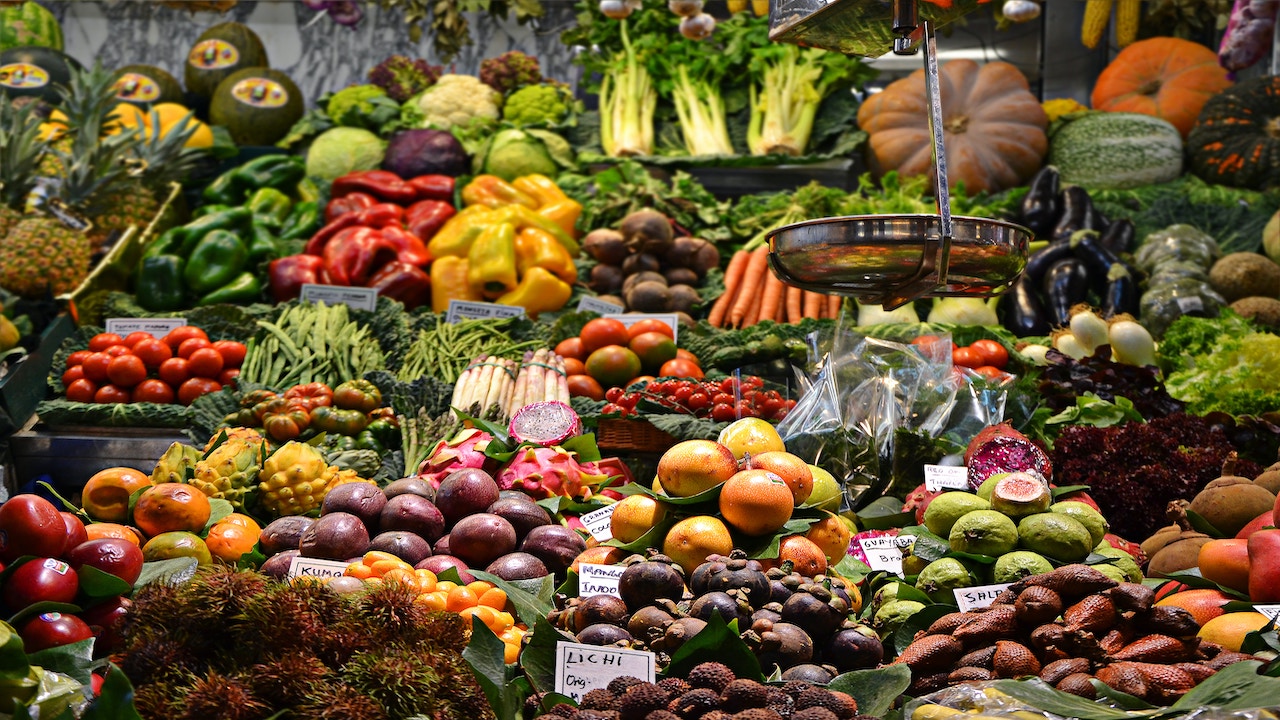You’ll often hear people talk about buying produce in season–whether you’re at the grocery store and overhear people in the produce aisle talking about buying options in season because they’re on sale or lower in price or you’re at home and your parents serve you fruit that’s noticeably sweeter because you’re told it’s in season, you’ve probably heard about seasonal produce or buying in season more than once. What’s so special about buying seasonally, what exactly does it mean, and why is it important?
Buying and eating seasonally means that you’re choosing produce when they are at the peak of their harvest season for the time of year (as dictated by nature itself, which isn’t entirely in our control). This varies by location, since every part of the planet has varying climates with diverse seasons and growing periods. Knowing exactly what is in season for you and your local region for the time of year may require some research on your end, whether that’s a quick google search, asking local farmers or growers (especially at farmers markets near you), or simply buying what’s cheapest at local grocery stores and markets.
Food that is in season tends to be cheaper since that is what all farmers in the area are harvesting at the same time, so the price will go down due to its greater abundance. Not only are you helping your own budget by saving money on produce that’s in season, but you’re boosting your local economy by purchasing from local farmers (given that you’re shopping for produce locally to truly eat seasonally). This keeps money flowing within your community, thus creating jobs for more people in the long run.
Seasonal eating also tends to be much tastier! Foods in season are fresher and more dense in nutrients, which makes them all the more delicious. The reasoning behind this is that when we stay in tune with the seasons when it comes to eating, we tend to eat what is grown closer to us. In doing so, we aren’t buying foods that are coming from across the country or even beyond that, meaning that our foods spend less time in transit. The longer food is being transported, the more nutrients and flavor it loses in the process.
For example, let’s break down the most popular foods in season month-by-month in Rochester, NY. In June, strawberries and peonies are in their prime, so be on the lookout for those in the surrounding Monroe County vendors! For July, it’s raspberries, lavender, and cherries. For August, it’s blueberries, sunflowers, and corn. For September, it’s grapes, garlic, and peaches. For October, it’s apples and pumpkins. For November, it’s winter squash. For December, it’s Christmas trees. For February, it’s ice wines. For March, it’s fresh maple syrup. Finally, for May, it’s lilacs (hence Rochester’s infamous Lilac Festival (happening May 12-21 this year)!
In short, staying up to date on what’s in season not only when it comes to fruits and vegetables but flowers, meat, and fish for your local climate and growing zone will not only help your wallet, but it will have your taste buds thanking you for being environmentally conscious but taste conscious, too.
Written by Carole Wilay (‘25)
Photo by Jacopo Maia on Unsplash

